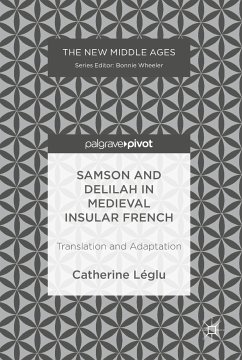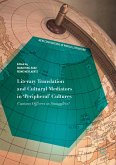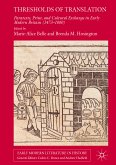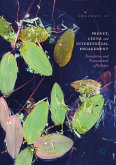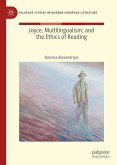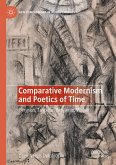Samson and Delilah in Medieval Insular French investigates several different adaptations of the story of Samson that enabled it to move from a strictly religious sphere into vernacular and secular artworks. Catherine Léglu explores the narrative's translation into French in medieval England, examining the multiple versions of the Samson narrative via its many adaptations into verse, prose, visual art and musical. Utilizing a multidisciplinary approach, this text draws together examples from several genres and media, focusing on the importance of book learning to secular works. In analysing this Biblical narrative, Léglu reveals the importance of the Samson and Delilah story as a point of entry into a fuller understanding of medieval translations and adaptations of the Bible.
Dieser Download kann aus rechtlichen Gründen nur mit Rechnungsadresse in A, B, BG, CY, CZ, D, DK, EW, E, FIN, F, GR, HR, H, IRL, I, LT, L, LR, M, NL, PL, P, R, S, SLO, SK ausgeliefert werden.

